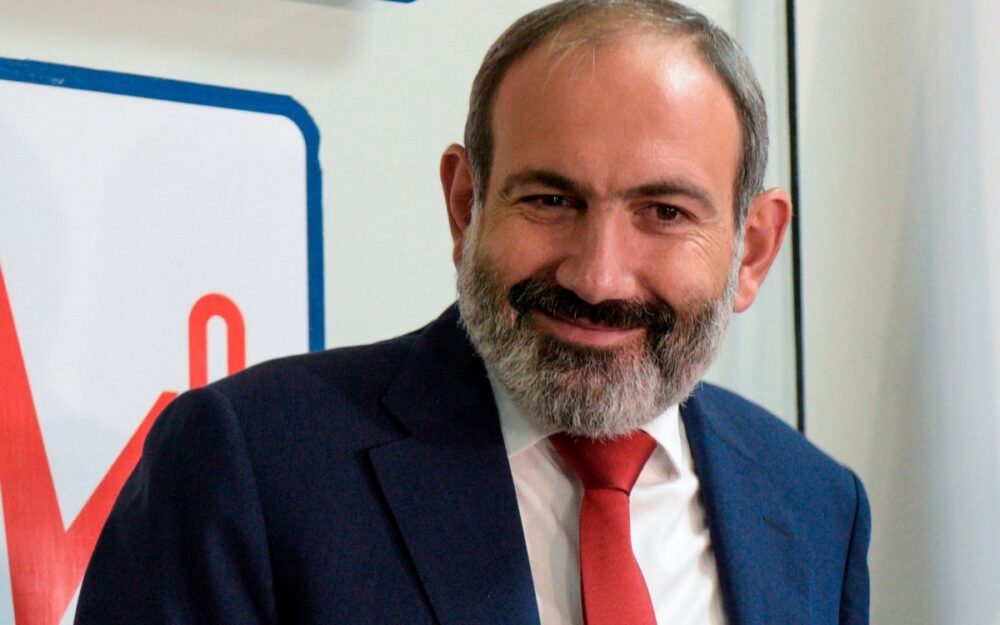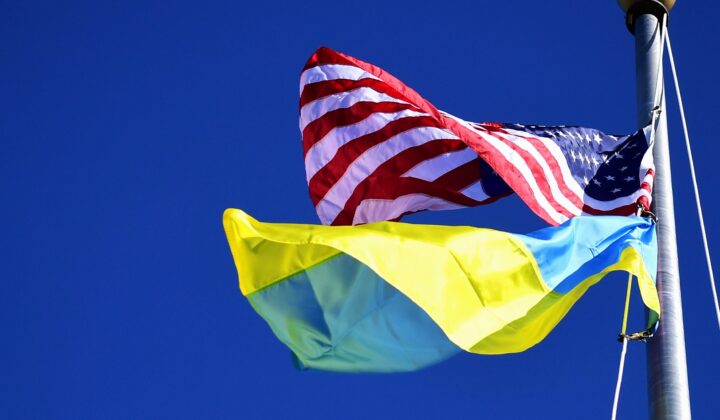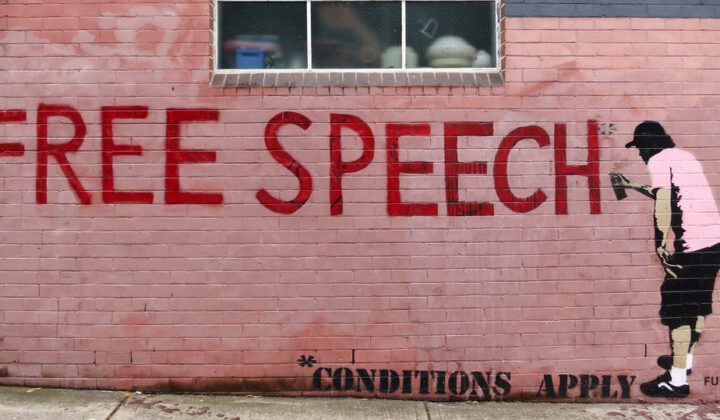
100 million eligible Americans didn’t vote in 2016! Now we know why.
Voter turnout in the United States is comparatively low. In the 2016 presidential election, only slightly more than half of all eligible voters cast a ballot. A new study by The Knight Foundation reveals, for the first time, why 100 million eligible Americans did not vote in the 2016 election. The study examines over 12,000 chronic non-voters across the US, placing a special emphasis on battleground states. The results are a treasure-trove of uncomfortable truths and head-scratching statistics.
Here are a few key insights: There is no single metric that clearly identifies a predisposition to vote—or not vote. But when asked why they were not motivated to be better informed, non-voters said they had no confidence that elections represent the will of the people. They perceive the electoral system to be rigged and corrupt and believe that decisions made by their elected representatives have no bearing on their own lives.
- Is a politically disengaged citizenry the result of failures within the American educational system? Yes and no. On the one hand, civics education has been on the decline since the 1960s. It has largely been replaced by standardized tests that focus on the learning of basic academic skills and processes and yet indicate nothing about how students actually understand their roles and responsibilities as productive citizens. It’s no surprise, then, that a 2015 study conducted by the Annenberg Public Policy Center at the University of Pennsylvania found that only 31% of Americans can name all three branches of government, while 32% cannot name a single branch. When Newsweek, in 2011, gave 1,000 American citizens the official US citizenship test, 38% failed.On the other hand, even if civics education improves voter turnout, it’s not the cure-all solution. According to Dædalus, “completing a year’s worth of coursework in civics or American government heightens one’s propensity to vote by 3 to 6 percent,” an improvement but not a magic bullet. In addition to civics education, civics practice is key. People have to be around other people to practice democracy. But many do not have these networks. Increasingly, as a highly individualistic culture predominates, with a decrease in religious practice and a continuing breakdown of tight knit communities, people feel less of an obligation to sacrifice for the common good. Civic virtue decreases – and so does civic participation. There is a lot of evidence to show that hands-on, practical learning of civics leads to real improvements in peoples’ participation. The Ben Franklin Circles is a great model of such practical learning. This club organizes monthly meetings—circles of twelve people each—in towns and cities across the country to discuss the virtues identified by the Founding Fathers almost 300 years ago. The circles do this with an eye towards how the principles are relevant today—both for self-improvement and the improvement of the wider community.
- Should Election Day be a national holiday? Yes.Designating Election Day a national holiday would allow more people to vote. Moreover, it would enjoy broad bipartisan support: A Pew Research Center poll found that 71% of Democrats and 59% of Republicans support the proposal. Compared to other developed countries, according to another Pew analysis, the US is in the minority by holding non-holiday weekday elections. In 27 of the 36 ranked developed countries, elections are held on weekends. It may come as no surprise, then, to learn that the US ranks 26th out of 32 for voter turnout among developed countries.

Turkey’s repression continues
In 2013, a small group of environmentalists occupied a public park in Istanbul to protest against wide-ranging urban development plans. Their heavy-handed removal by Turkish security forces sparked uprisings throughout the nation. Seeing the removal of the environmentalists as a symptom of larger problems in Turkish society, millions took to the streets demanding increased freedom of the press, assembly, and expression.
In the aftermath, Osman Kavala, a prominent Turkish human rights activist and businessman, was accused of being the mastermind behind the protests and was arrested and imprisoned for “attempting to overthrow the government.” After languishing in prison for several years, he was acquitted of all charges on 18 February 2020. No sooner had he been released, however, than he was re-arrested and detained by the Turkish government. This time he was charged with attempting to overthrow the government in the 2016 failed coup against the government of Recep Tayyip Erdoğan and his Justice and Development Party (AKP). The arrest was widely condemned by human rights organizations.
- How does this fit into Turkey’s broader pattern of oppression? Kavala’s arrest is the latest example of Erdoğan’s authoritarian government’s drive to purge any hint of dissent in Turkey. As of November 2019, Turkey had more than 120 journalists in jail and that year alone, it jailed 47 journalists, second only to China. Turkish civil society has been decimated, too. Some 375 NGOs were shut down in 2016, leaving the Turkish public and the over 3 million-strong Syrian refugee population in Turkey with drastically fewer activists and organizations to fight for their rights.
- Does the emergence of authoritarianism in Turkey weaken global liberal democracy? Turkey’s slide into paranoid authoritarian rule may have dire consequences for global democracy. Turkey is a key NATO ally and has long been a perennial hopeful to join the EU. By turning its back on democracy (despite high hopes during the early years of the AKP’s time in power), Turkey has undermined the cohesion of NATO’s alliance of democracies, as well as drastically decreased its chances of joining the EU anytime soon, which restricts the future prospects of tens of millions of Turkish citizens. Turkey’s illiberal “democracy” is often grouped together with Poland and Hungary as a threat to global democracy, but it is clear from the number of arrested, imprisoned, and purged individuals that the authoritarian slide in Turkey far exceeds anything to be found in Eastern Europe. This should elicit even greater concern because of Turkey’s status as a regional power in the Middle East with the ability to shape the systems of its neighbors in its own image.

Armenia continues to make strides toward democracy
Many former members of the Soviet Union have struggled mightily with democratic governance since emerging from the darkness of the Iron Curtain. However, after a peaceful revolution in 2018, Armenia, a small country bordered on its west by Turkey and by Iran to its South, has made important progress. According to the 2019 Democracy Index published by the Economist Intelligence Unit, Armenia’s score on the index rose to 5.5 last year, after rising to 4.1 in 2017 and 4.8 in 2018. These numbers place the Southern Caucasus nation as the 86th most democratic country in the world. Such a ranking might not seem like an impressive feat. But having held elections following the revolution that were independently judged to be “free and fair”, this bodes well for the continuing development of democracy in Armenia. The path to democracy is always a series of small steps, carrying ideas forward bit by bit.
- What were the circumstances of the Armenian revolution? Strongman Serzh Sargsyan ruled Armenia as its president for over ten years, from 2008-2018. During this time, the country’s political system had “become intertwined with oligarchs’ economic interests” and public trust in the political and judicial systems was extremely low. In 2018, this state of discontent escalated when Sargsygan’s political party considered nominating him as Prime Minister, a position that would give him even greater authority. At first, this prompted small demonstrations. But these would balloon into massive protests and widespread acts of civil disobedience when the national parliament elected Sargsyan as Prime Minister and the police violently confronted protesters. Ultimately, more than 100,000 Armenians flooded the streets of the capital, Yerevan, forcing Sargsyan to resign and “concede power peacefully” to pro-democracy protesters.
- What became of Sargsyan after his overthrow? Armenia’s new Prime Minister, Nikol Pashinyan, had promised to hold powerful figures in Armenia responsible for their corruption. Pashinyan was a relatively unknown member of parliament when he became the leader of the protest movement in opposition to Sargsygan’s rule. After Sargsgyan resigned, Pashinyan was elected Prime Minister. So far, he appears to be making good on his promises. Sargsyan has been charged with embezzlement, and his trial began on February 25th. If the law is applied in good faith against the former Prime Minister assuring that he has a fair trial, Armenia may demonstrate that the rule of law will be integral to its new-found democracy.

Photo: J. Stephen Conn/FLICKR
Vermont’s public libraries: a model for the nation
It is hard to overstate the importance of public libraries to our democracy. From small towns to big cities all across America, libraries provide millions of people with access to a wealth of important information. And like the public education system, public libraries strive to level the playing field, providing all Americans with the knowledge necessary to engage as citizens in our democracy.
Although some communities, cities, and states certainly fall short in this respect, as a recent feature on Vermont’s libraries demonstrates, many libraries in America are rising to the challenge. Vermont, a state with 251 towns, many with no more than a few houses, has a staggering 183 public libraries, not including school libraries. The delightfully detailed Vermont Public Library Statistics for 2018 reveal that Sherburne library circulates 56 books per person, per year (that’s a lot of reading, folks!) while Hancock library serves the smallest population, attending to the needs of the tiny 300-person hamlet.
- So, what is Vermont doing right?
Adapting! Vermont’s libraries have shifted from only serving as repositories of information to becoming centers of community building. In Vermont’s libraries, you can check out many items that aren’t books, from tennis racquets to bakeware. You can also take self improvement classes, covering subjects ranging from foreign languages to meditation. Perhaps most fundamentally, libraries have become bridge builders where librarians teach Americans—often older Americans—how to adapt and adopt the new ways in which we learn and share information, offering free wifi and assistance in navigating new technologies.





